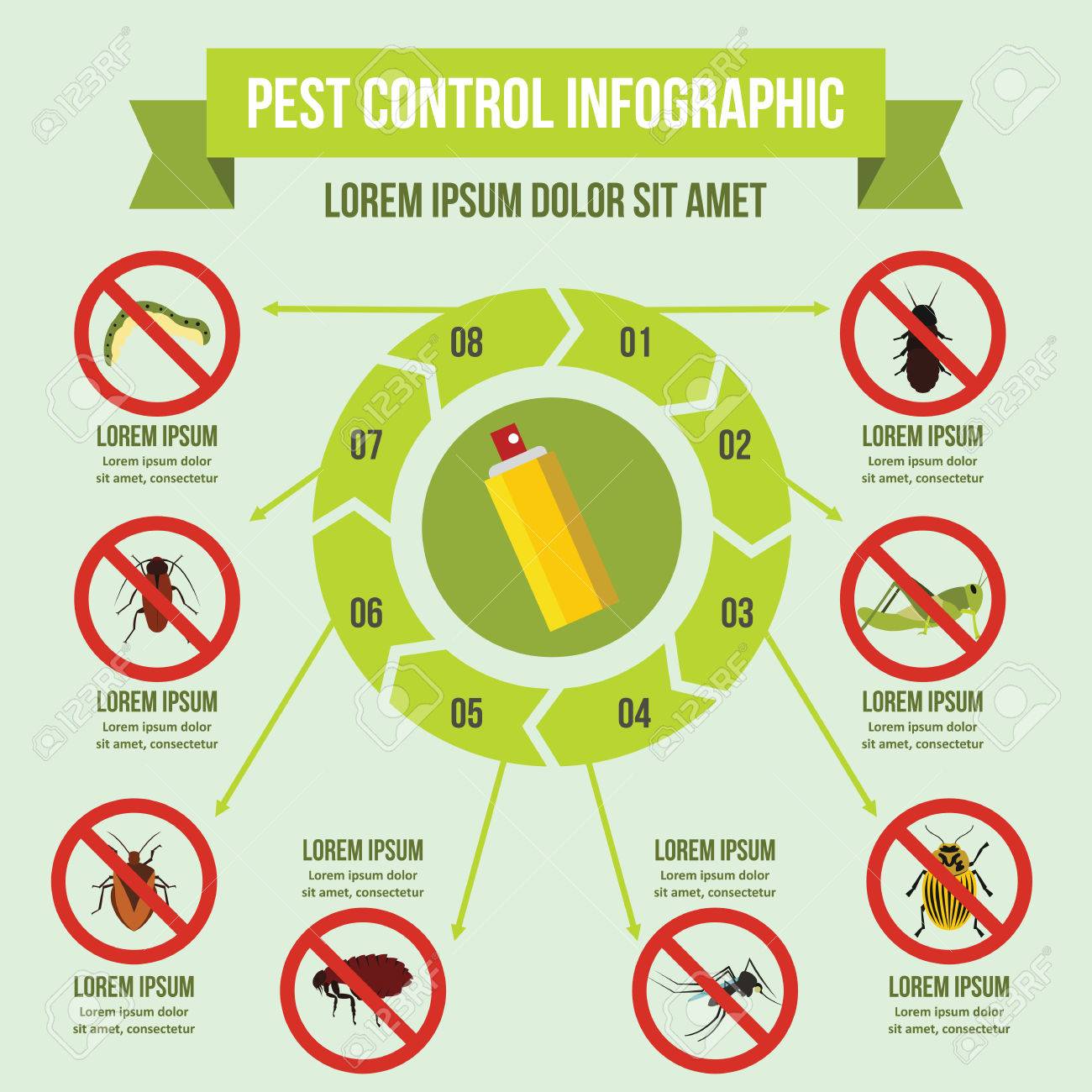Use Your Expertise Of Rodent Nesting Behaviors To Outsmart These Pest Monitoring Strategies
Use Your Expertise Of Rodent Nesting Behaviors To Outsmart These Pest Monitoring Strategies
Blog Article
Material Written By-Talley Alston
When it pertains to rodent control, comprehending usual rodent actions is crucial to properly taking care of infestations. Did you know that rats have some remarkable nesting habits that might shock you? By exploring their detailed actions, you can gain beneficial understandings right into exactly how to deal with rodent problems in an extra strategic and reliable manner. So, let's untangle the secrets behind these creatures' activities and learn just how to outsmart them in your rodent control initiatives.
Rodent Nesting Behaviors
When observing rodents in their all-natural environment, you'll see that they actively choose materials to build their nests. Rats, such as mice and rats, are clever creatures that make use of a selection of items like twigs, leaves, paper, and textile to develop their homes. They're precise in their nest-building process, typically lining their nests with softer products like fur or feathers to create a comfy setting.
Rats like to develop their nests in covert and secure places to safeguard themselves and their young from killers. Usual nesting spots include wall dental caries, attic rooms, basements, and even within insulation materials. By constructing their nests in these secluded locations, rats can safely increase their spawn away from potential threats.
It is essential to comprehend the nesting practices of rats when executing control procedures. By interrupting their nests or getting rid of materials, you can inhibit rats from establishing an existence in your house or residential property. Proper cleanliness and sealing off access factors are also essential steps in preventing rodent infestations.
Rat Feeding Patterns
After observing rats' nesting behaviors, it becomes noticeable that their feeding patterns play a critical function in their every day lives and habits. Rats, consisting of mice and rats, are opportunistic feeders, indicating they'll take in whatever food resource is conveniently available. They're primarily nocturnal animals, favoring to forage for food during the cover of night to prevent predators.
Rodents have a diverse diet, varying from grains, seeds, fruits, and vegetables to insects, nuts, and also tiny animals. This versatility in their food options permits them to grow in various environments, including urban areas where human food sources are abundant.
Their feeding patterns aren't just driven by appetite yet also by the demand to stockpile food for times of deficiency. This habits is particularly obvious in preparation for cold weather or when nesting. Rats are known to hoard food in their nests or burrows, making sure a consistent food supply. Recognizing https://www.marketwatch.com/guides/home-improvement/terminix-reviews/ feeding patterns is important in carrying out reliable rodent control actions to disrupt their food resources and avoid invasions.
Rat Movement and Travel
Rodents browse their surroundings with agility and stealth, using their eager senses to move quickly with their environments. These creatures are experienced mountain climbers, able to scale walls and upright surface areas easily. They can likewise press with remarkably little openings, making it essential to seal off any kind of prospective entry factors in your home.
When it concerns taking a trip, rodents tend to comply with familiar paths, developing routes along walls or skirting the sides of spaces. They're creatures of habit, frequently staying with these developed courses as they forage for food or discover their environments.
Rodents are known for their nighttime habits, so you may hear them scooting around at night as they look for food and water. Their activities fast and erratic, permitting them to dart in and out of sight in the blink of an eye.
Understanding just how rats move and travel can assist you recognize potential infestation areas in your house and take proactive actions to prevent these parasites from getting a footing.
Final thought
As you work to manage rats in your home, keep in mind that recognizing their habits is key. By acknowledging their nesting routines, feeding patterns, and movement, you can successfully avoid infestations.
Together, by taking aggressive steps to get rid of food sources and seal entrance factors, you can interrupt their familiar courses and require them to choose new locations, eventually decreasing the likelihood of rodent presence in your living spaces.
